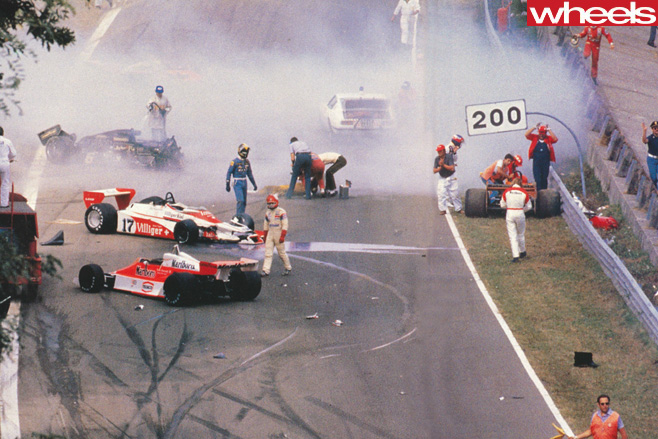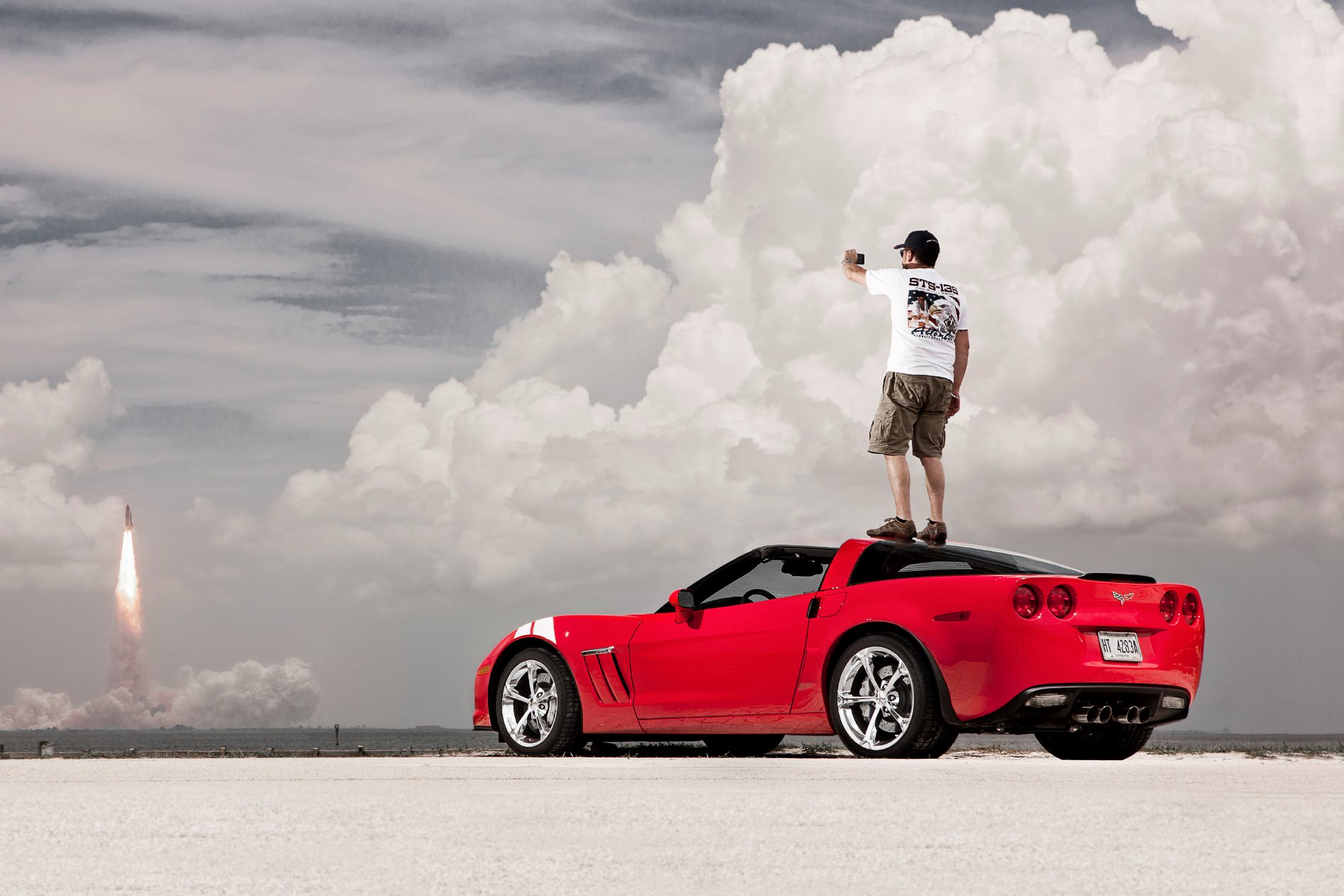“No one knows quite how he does it but it’s true they say he’s the master of going faster”.
George Harrison’s 1979 song Faster is a moving tribute to Ronnie Peterson, almost certainly the fastest Grand Prix driver during the 1970s. SuperSwede, as he was universally known, died after an horrific multicar pileup in his Lotus 78 at the start of the 1978 Italian GP.
The story of Peterson’s apparently unnecessary death was first described in detail in my story Safe or sorry, which appeared in the August 1997 issue. How do I know? Because the last man to talk to Peterson as he lay dying in Milan’s Niguarda hospital was Peter Varolo, a Swedish-speaking orthopaedic doctor and, by coincidence, a friend and neighbour who lived five kilometres from our old home in northern Italy.
Watching the Italian Grand Prix that Sunday, September 11, 1978, Varolo learned that Peterson’s leg injuries were relatively minor and “there was nothing to make you think it was serious”. Only when watching the evening news did he hear that Ronnie was going to be operated on, something that should have happened hours earlier.
With his fluent Swedish and orthopaedic experience, Varolo rang the hospital and immediately left for Milan.

“The danger,” Varolo told me, “is bone marrow getting into the lungs through the blood (a condition known as fat embolism).” And that’s exactly what happened.
Varolo, Professor Sid Watkins (later the FIA’s official medical officer) and a young Columbian doctor employed by Lotus all signed a document stating that they would not talk about the operation. Varolo had already spoken briefly to a couple of Swedish journalists, who reported the news in Swedish newspapers, but signed the document anyway: “I realised it was useless to fight. It could have been a catastrophe for Italy and the scandal would have meant F1 was finished in Italy.”
Nineteen years later, Varolo finally told me the full story, breaking his confidentiality pledge. “Now that I’m retiring, I’m prepared to talk. It was ridiculous,” he told me shaking his head. “If the accident had happened in Sweden, I don’t think Ronnie would have died.”
I initially wrote Safe or Sorry for Motor Sport magazine in the UK. However, its editor, Andrew Frankel, thought the story so sensitive he showed it to Haymarket Media managing director Simon Taylor. After due consideration, Taylor, who also commentated on F1 races for BBC radio, decided the subject was still too delicate to appear in Motor Sport.
Taylor didn’t want Nina, Ronnie’s only child, to read that her father had died unnecessarily. Nina, born in 1975, was only two when her father died and just 12 when her mother Barbro, still depressed over Ronnie’s death, committed suicide in 1987.
Wheels editor Angus Mackenzie believed the story deserved to be told in the context of setting the record straight, improving driver safety and the need for vastly improved medical support in F1.





